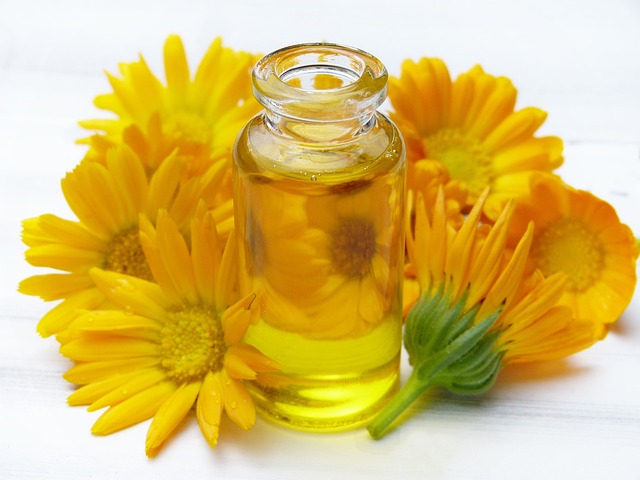Understanding Acne: Inflammatory vs Non-Inflammatory
Acne is generally classified into two categories: inflammatory and non-inflammatory. The treatment for these two types can differ significantly, so it’s crucial to determine which one you’re dealing with.
- Non-inflammatory acne: This includes whiteheads and blackheads, often caused by clogged pores and less severe.
- Inflammatory acne: More painful and noticeable, it includes papules, pustules, nodules, and cystic acne. These types cause swelling and discomfort and often require more aggressive treatments.
Whiteheads: How to Handle Them
Whiteheads are small, raised bumps filled with oil and dead skin cells, which appear on the skin’s surface. Although they might look tempting to pick, resist the urge, as this will only make things worse.
Treatment: Over-the-counter treatments containing salicylic acid, benzoyl peroxide, or retinoids can help. Witch hazel, an effective natural astringent, may also assist in drying out whiteheads. However, if you have sensitive skin, it’s best to consult with a dermatologist first.
Blackheads: Clearing the Pores
Blackheads are similar to whiteheads but are exposed to air, which causes them to darken. They are often found on the nose, forehead, and chin.
Treatment: Salicylic acid and topical retinoids are your best bet. In some cases, professional extractions can be helpful, though regular skincare is essential to prevent future breakouts.
Papules and Pustules: Dealing with Redness and Pus
These types of acne are more severe, causing painful, swollen bumps (papules) that can develop into pus-filled pimples (pustules).
Treatment: Topical treatments like benzoyl peroxide and salicylic acid can help calm inflammation and reduce bacteria. In more severe cases, oral antibiotics may be necessary.
Nodular Acne: Deep, Painful Bumps
Nodules form deep within the skin and are firm, red, and painful. They may require more aggressive treatment due to their depth.
Treatment: Prescription medications such as isotretinoin (Accutane) may be necessary for severe nodular acne. Topical treatments like benzoyl peroxide, salicylic acid, and retinoids can also help manage the symptoms.
Cystic Acne: The Deepest Form of Acne
Cystic acne appears as deep, painful lumps beneath the skin, often filled with pus. These breakouts can last for weeks or even months, and are typically resistant to over-the-counter treatments.
Treatment: Cystic acne requires a doctor’s intervention, often through oral antibiotics, isotretinoin, or hormonal therapies like contraceptives or spironolactone.
General Acne Safety Tips
No matter the type of acne, it’s essential to follow a proper skincare routine that avoids irritation. Over-the-counter products can be effective, but always consult a dermatologist before starting a new treatment, especially if you’re pregnant or breastfeeding.
Takeaway
Understanding the type of acne you have is the first step in finding the right treatment. Whether your acne is mild and treatable with OTC products or severe enough to require prescription medication, there are solutions out there to help manage and treat your skin.
